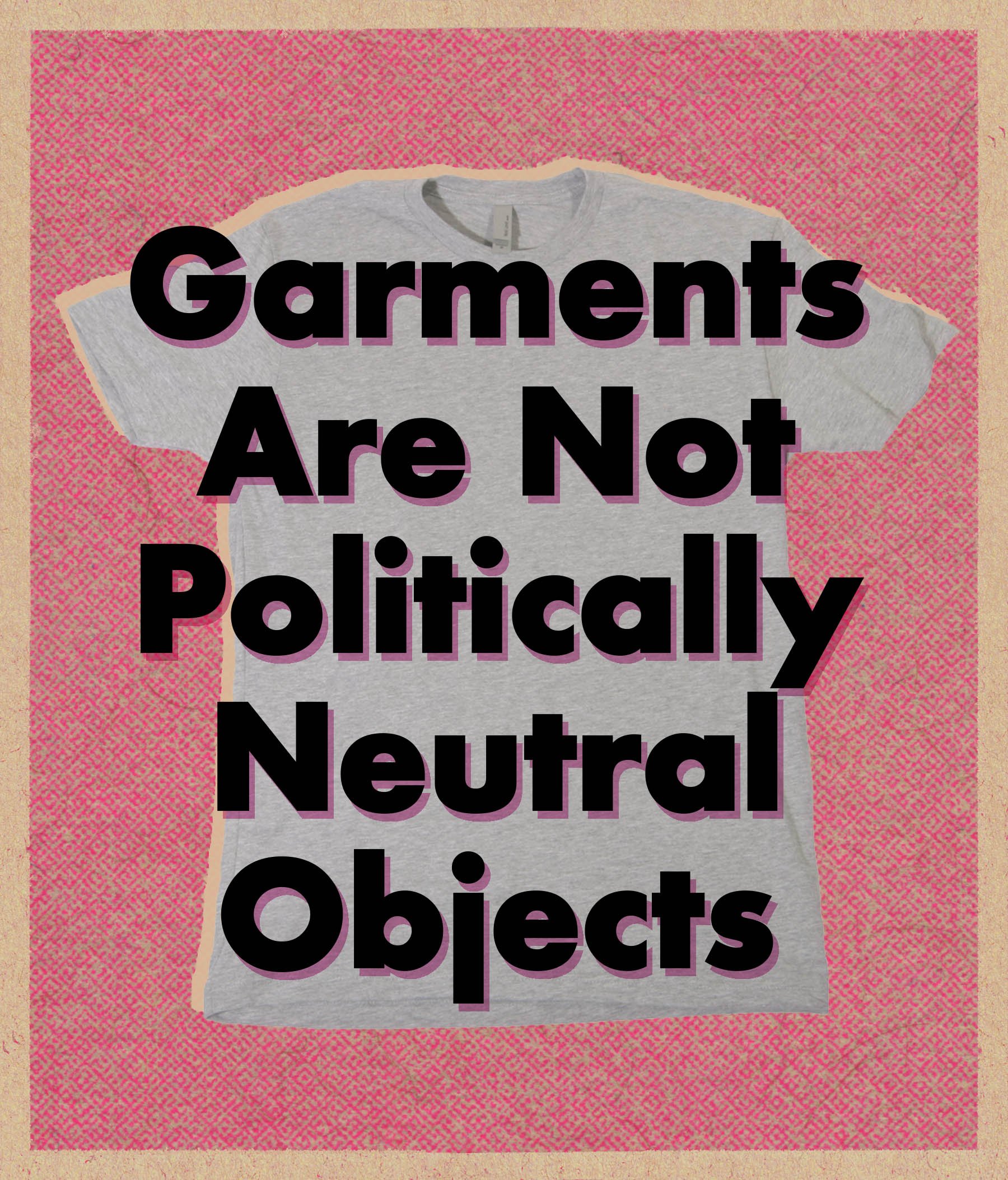Mixed Media Art
Waste Collage
2022
accordion book
12” x 2” x 9”
Waste Collage was an 11-page book made from fabric scraps and post-consumer textiles, materials that are frequently thrown away. Rather than viewing them as valueless, the textiles were used to explore new compositions and aesthetic possibilities. Among the resulting collage pages were implicit narratives of embodiment, play, sexuality, consumption, and transformation.
This book was exhibited in the What Ends Up in a Book group show at the Johnson Museum of Art at Cornell University in February 2022.
The books featured in the Handmade Clothes installation.
Untitled Consumption Piece One
2022
36” x 36”
This work was exhibited in the Best of CUNY group show in Albany, NY from July-November, 2023.
Detail image of the book when opened.
Detail images of two textile explorations.
Handmade Clothes
2023
art installation
On April 24, 2013, the Rana Plaza building collapsed in Dhaka, Bangladesh killing over 1,100 garment workers and injuring thousands more. This tragic event served to illuminate the unethical, unsafe, and abusive work environments that garment workers frequently endure throughout the global fashion supply chain. Though worker advocates had long sounded the alarm about the exploitative practices hidden by supply chain opacity, this event attracted widespread public attention and demands for reform. While this event undoubtedly served as a catalyst for significant activism and positive change, there remains critical human rights work to be done if an ethical and sustainable fashion industry is to be attained.
This installation, created to commemorate the 10th anniversary of the tragedy, was displayed in the Human Ecology building at Cornell University from April-August 2023. This work featured three original large-scale propaganda posters that were created using a combination of analog and digital collage techniques. The prints were surrounded by a selection of books about fashion makers and a caption about Rana Plaza’s significance as an inflection point about workers in the global economy. A QR code, connected to the non-profit organization Fashion Revolution, provided additional resources and ways for students to take meaningful actions toward enacting change.
Detail images of the prints featured in the installation.
The installation in a glass case on the first floor of the Human Ecology Building.









